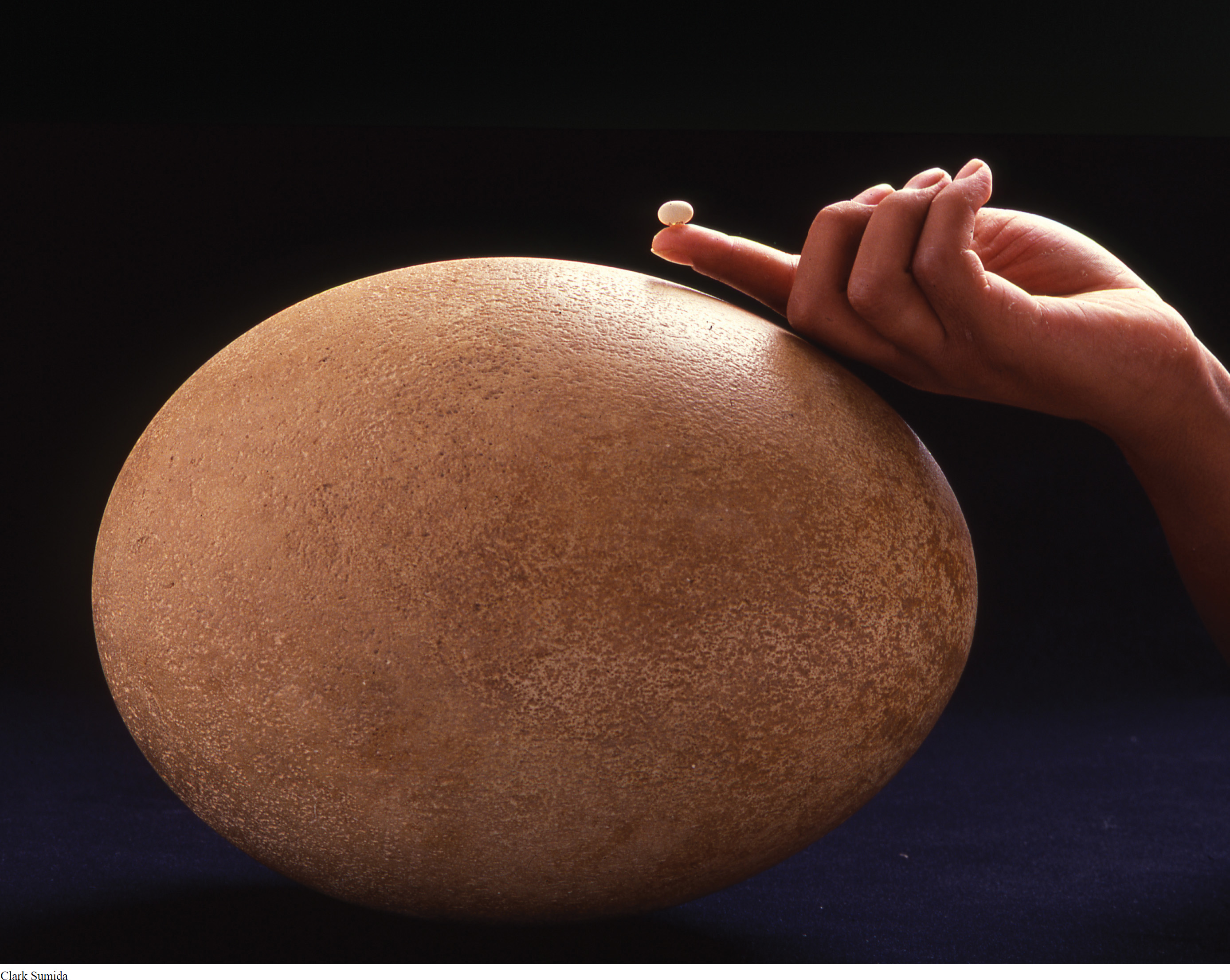3
Cells
THE SMALLEST PART OF YOU
84

85
What is a cell?
- 3.1 All organisms are made of cells.
- 3.2 Prokaryotic cells are structurally simple but extremely diverse.
- 3.3 Eukaryotic cells have compartments with specialized functions.
Cell membranes are gatekeepers.
- 3.4 Every cell is bordered by a plasma membrane.
- 3.5 Molecules embedded in the plasma membrane help it perform its functions.
- 3.6 Faulty membranes can cause diseases.
- 3.7 Membrane surfaces have a “fingerprint” that identifies the cell.
Molecules move across membranes in several ways.
- 3.8 Passive transport is the spontaneous diffusion of molecules across a membrane.
- 3.9 Osmosis is the passive diffusion of water across a membrane.
- 3.10 In active transport, cells use energy to move small molecules into and out of the cell.
- 3.11 Endocytosis and exocytosis are used for bulk transport of particles.
Cells are connected and communicate with each other.
- 3.12 Connections between cells hold them in place and enable them to communicate with each other.
Nine important landmarks distinguish eukaryotic cells.
- 3.13 The nucleus is the cell’s genetic control center.
- 3.14 Cytoplasm and the cytoskeleton form the cell’s internal environment, provide its physical support, and can generate movement.
- 3.15 Mitochondria are the cell’s energy converters.
- 3.16 This is how we do it: Can cells change their composition to adapt to their environment?
- 3.17 Lysosomes are the cell’s garbage disposals.
- 3.18 In the endoplasmic reticulum, cells build proteins and lipids and disarm toxins.
- 3.19 The Golgi apparatus processes products for delivery throughout the body.
- 3.20 The cell wall provides additional protection and support for plant cells.
- 3.21 Vacuoles are multipurpose storage sacs for cells.
- 3.22 Chloroplasts are the plant cell’s solar power plant.
86